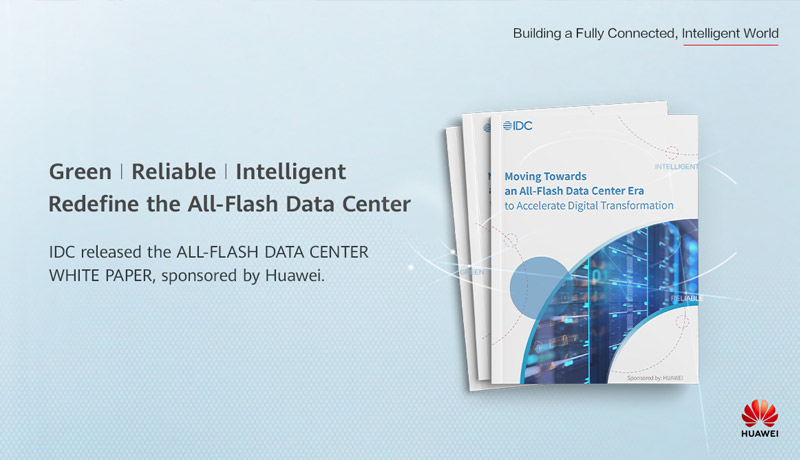
A new white paper released by International Data Corporation (IDC) and sponsored by Huawei is the industry’s first to redefine the all-flash data center in terms of storage, computing, and networks. The paper, titled ‘Moving Towards an All-Flash Data Center Era to Accelerate Digital Transformation,’ serves as a critical reference and guide for businesses wanting to digitally transform, with the goal of encouraging the building and development of all-flash data centres across all industries.
As the region progresses toward an intelligent era, data centre transformation and innovation are unavoidable developments. More firms are investing in novel technologies that span data innovation, real-time agility, energy efficiency, reliability, and intelligent management as their enterprise IT systems continue to be upgraded. These characteristics represent new trends for future-oriented, long-term data centres.
The white paper describes an all-flash data centre as one that uses solid-state drives (SSDs) for at least 90% of its storage capacity, including external storage systems and server built-in storage, to provide high density, dependability, low latency, and energy efficiency. The all-flash data centre will play a significant role in promoting digital-based businesses and applications, as well as assisting organisations in maximising the value of data innovation.
In addition, the white paper explains how to define and position all-flash data centres using global best practices from industries such as finance, telecommunications, and healthcare, among others. Those wishing to boost their digital development as well as scientific and technological innovation will find it useful.